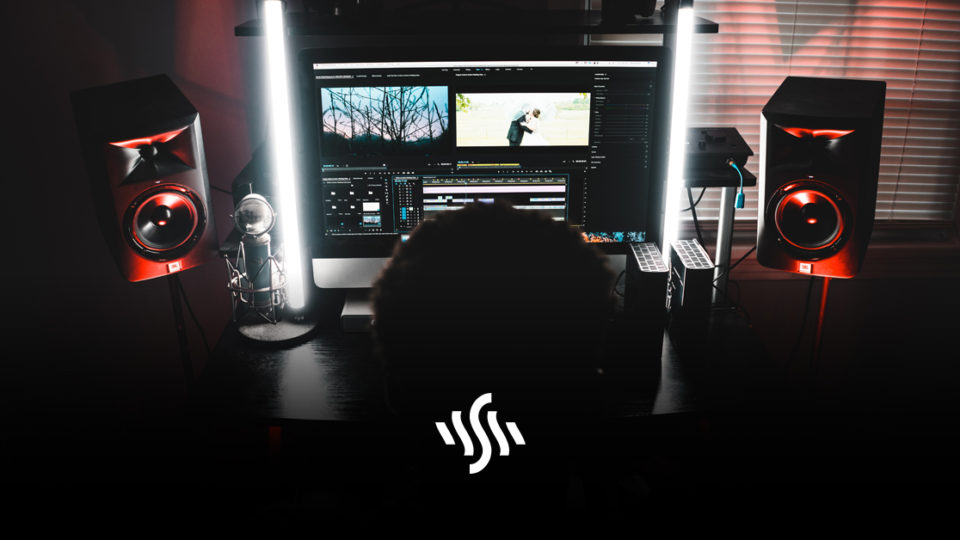Sound Design Tips | 4 Helpful Hints
Whether you’re making a film, game or YouTube video, adding some SFX and Foley is a great way to spice up your video. Here are our top sound design tips.
Simple
It’s not always necessary to have a sound made up of many intricate layers, and more often than not, a simple sound is going to be more natural.
A good way of keeping SFX simple is trying a reduced listening exercise where you focus on the traits of the sound itself i.e, pitch, clang, tempo, rhythm, etc., away from the context of the sound.
Don’t mistake the word simple for meaning minimal! Think of the iconic 1995 Windows theme composed by Brian Eno.
Unique
There are certain sounds that are instantly identifiable like typing on an iPhone, or the swing of a lightsaber.
Having a unique sound will not only solidify your branding but also make people think of your brand when they hear that sound or sounds that are similar.
Blended
This applies more to general foley sound than it does with SFX as a whole.
When creating or using pre-made SFX to accompany your moving image, think about the timing and the movement of the sound and how that accompanies the image.
Bad sound design stands out, and can detract from the main story or context that should be the focus.
Good sound design is heard by the audience without being listened to.
Contextual
Think about the imagery that you are trying to replicate with audio. Does it need to be abrupt and loud or does it need to be subtle and unobtrusive?
Two good opposing examples of this could be the character creation music for Dark Souls which is a beautiful piece that has dissonance and resolve and isn’t heard again passed creating the character, and the Twilit Battle music from The Legend of Zelda: Twilight Princess which can only be described as an onslaught of midi noises.
Finding or creating the right motif, sound effect or foley for that particular movement or scene is all about the context, and the emotion you want to convey.
